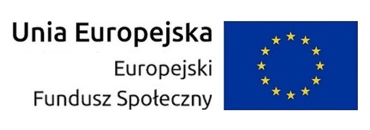A Mathematical Framework for Modelling the Metastatic Spread of Cancer
- Prelegent(ci)
- Mark Chaplain
- Afiliacja
- School of Mathematics and Statistics, Mathematical Institute, University of St Andrews
- Termin
- 12 maja 2021 12:15
- Informacje na temat wydarzenia
- Join Zoom Meeting https://us02web.zoom.us/j/83632151104?pwd=R25GeVZmVS9OWXprWDJBbm9FQ0h3dz09
- Seminarium
- Seminarium Zakładu Biomatematyki i Teorii Gier
Invasion and metastasis are two of the hallmarks of cancer and are intimately connected processes. Invasion, as the name suggests, involves cancer cells spreading out from the main cancerous mass into the surrounding tissue, through production and secretion of matrix degrading enzymes. Metastatic spread is the process whereby invasive cancer cells enter nearby blood vessels (or lymph vessels), are carried around the body in the main circulatory system and then succeed in escaping from the circulatory system at distant secondary sites where the growth of the cancer starts again. It is this metastatic spread that is responsible for around 90% of deaths from cancer. To shed light on the metastatic process, we present a mathematical modelling framework that captures for the first time the interconnected processes of invasion and metastatic spread of individual cancer cells in a spatially explicit manner—a multigrid, hybrid, individual-based approach. This framework accounts for the spatiotemporal evolution of mesenchymal- and epithelial-like cancer cells, membrane-type-1 matrix metalloproteinase (MT1-MMP) and the diffusible matrix metalloproteinase-2 (MMP-2), and for their interactions with the extracellular matrix. Using computational simulations, we demonstrate that our model captures all the key steps of the invasion-metastasis cascade, i.e. invasion by both heterogeneous cancer cell clusters and by single mesenchymal-like cancer cells; intravasation of these clusters and single cells both via active mechanisms mediated by matrix-degrading enzymes (MDEs) and via passive shedding; circulation of cancer cell clusters and single cancer cells in the vasculature with the associated risk of cell death and disaggregation of clusters; extravasation of clusters and single cells; and metastatic growth at distant secondary sites in the body
 Nie jesteś zalogowany |
Nie jesteś zalogowany |



















